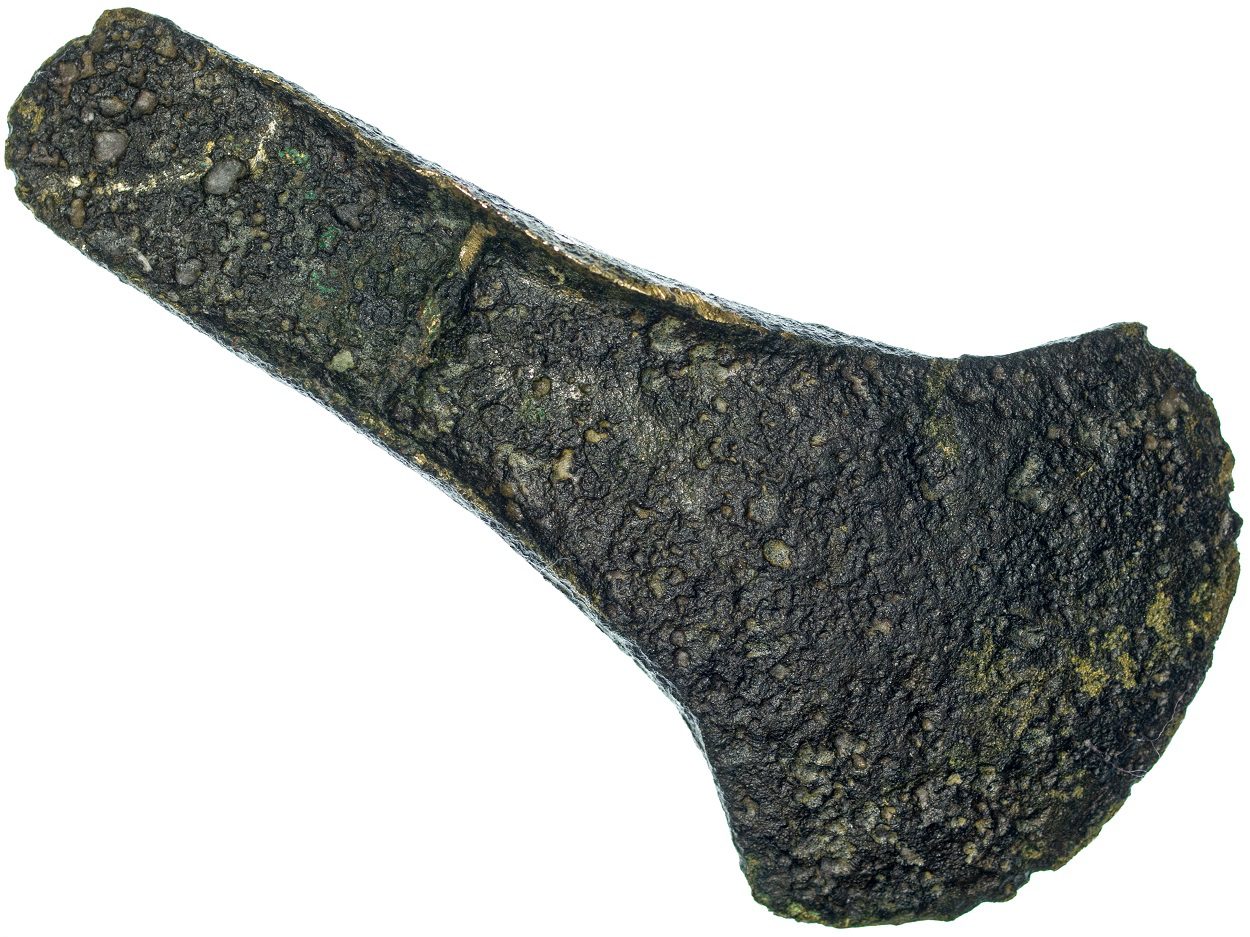Alterations in the distribution networks across prehistoric Europe can be identified through an analysis of the geochemistry of copper artefacts.
According to a study published in the journal PLOS ONE, early copper artefacts are considered to have a high cultural and historical significance in European prehistory, but limited information exists about how copper was used and distributed in Neolithic Europe.
The researchers examined a total of 45 copper artefacts, including axes, chisels, and other objects, which were excavated from several sites located in Northern Central Europe and Southern Scandinavia, and dated back to the 4th and 3rd millennia BC.
To establish a connection between the copper artefacts and the known sources of ore across Europe, the team conducted an analysis of the lead isotopic composition, revealing that artefacts from before 3500 BC derived exclusively from mines in southeast Europe, especially Serbian mining areas, while later artefacts include ores from the eastern Alps and Slovak Mountains and, much later, potentially the British Isles.
The findings suggest variations in the level of metallurgical activity over time, including a decline in the frequency of copper artefacts around 3000 BC. The alterations in the sources and accessibility of copper appear to mirror the shifts in distribution networks, which were likely impacted by evolving economies, social structures, communication systems, and technologies in prehistoric Europe.
The authors add: “Based on lead isotope analyses of the largest sample to date of Neolithic copper objects from southern Scandinavia and northern Germany, the study proves that the exchange of metallic objects connected Europe over long distances. However, the introduction of new technologies and materials alone did not lead to social changes; their integration required deliberate choices by societies.”
Header Image Credit : Shutterstock





